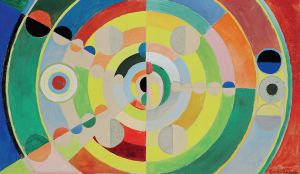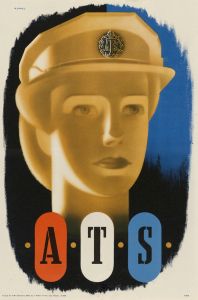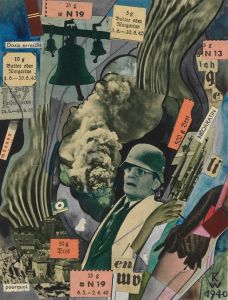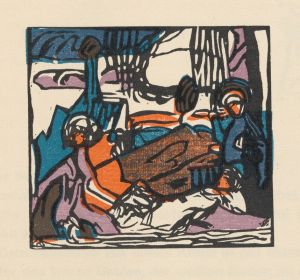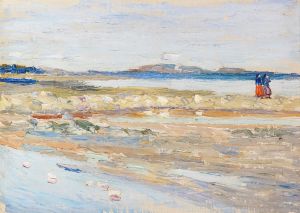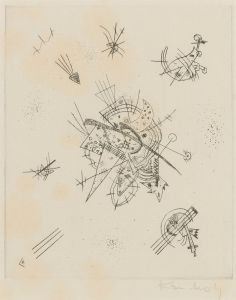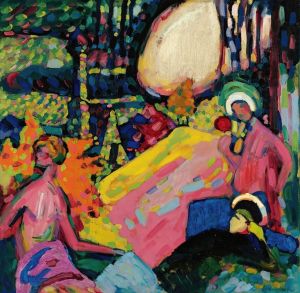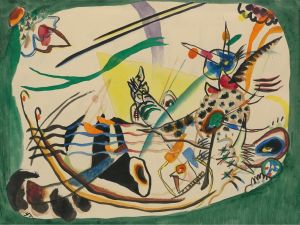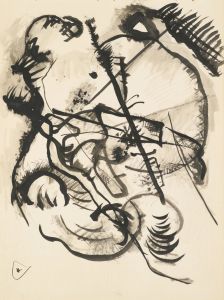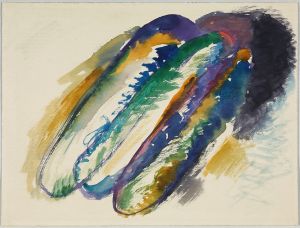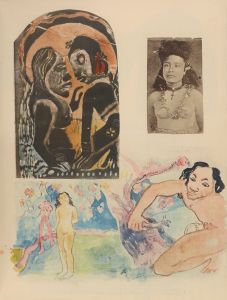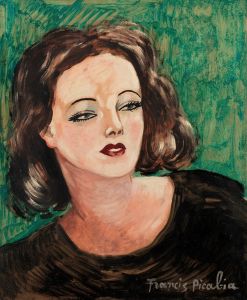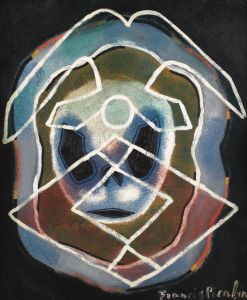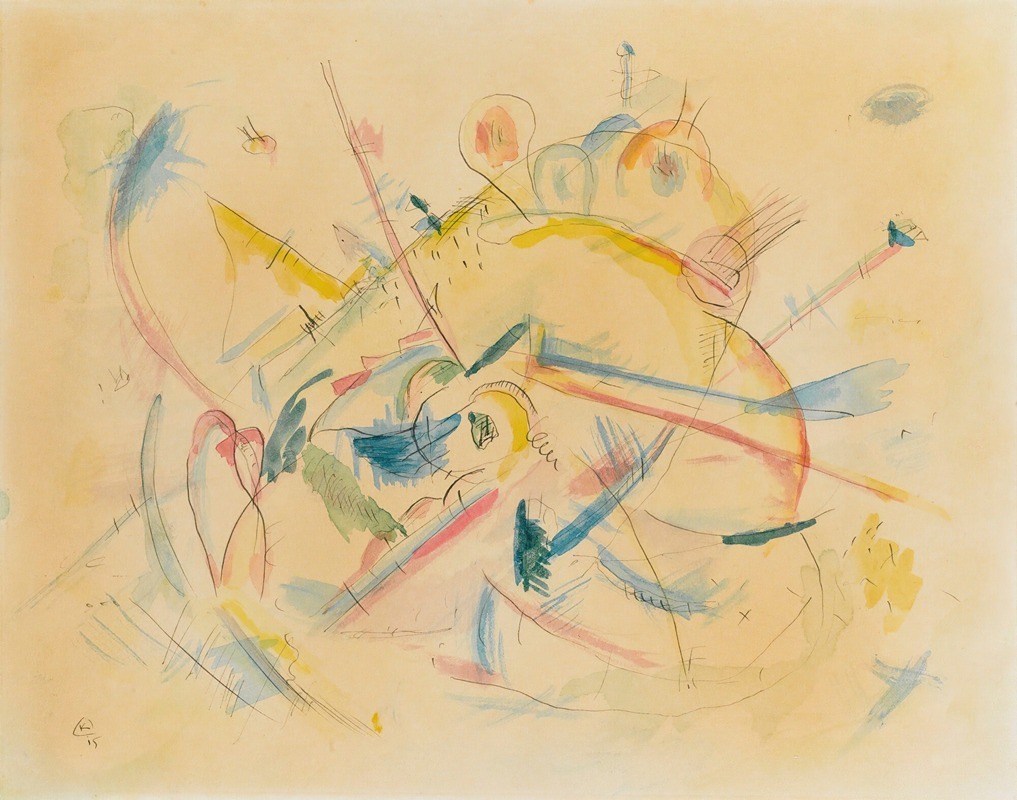
Ohne Titel
A hand-painted replica of Wassily Kandinsky’s masterpiece Ohne Titel, meticulously crafted by professional artists to capture the true essence of the original. Each piece is created with museum-quality canvas and rare mineral pigments, carefully painted by experienced artists with delicate brushstrokes and rich, layered colors to perfectly recreate the texture of the original artwork. Unlike machine-printed reproductions, this hand-painted version brings the painting to life, infused with the artist’s emotions and skill in every stroke. Whether for personal collection or home decoration, it instantly elevates the artistic atmosphere of any space.
Wassily Kandinsky, a pioneering figure in abstract art, created the painting "Ohne Titel" (Untitled) in 1913. This work is a significant example of Kandinsky's exploration into non-representational art, where he sought to convey emotions and spiritual experiences through color, form, and composition rather than depicting objects from the physical world.
Kandinsky was born in Moscow in 1866 and initially pursued a career in law and economics. However, his passion for art led him to move to Munich in 1896, where he studied at the Academy of Fine Arts. Influenced by the Symbolist movement and the works of artists like Claude Monet, Kandinsky began to develop his unique style that would eventually lead him to abstraction.
By 1913, Kandinsky had already published his influential treatise "Concerning the Spiritual in Art" (1911), in which he articulated his theories on the emotional and spiritual power of color and form. He believed that art should transcend mere representation and evoke a deeper, more universal resonance. This philosophy is evident in "Ohne Titel," where Kandinsky employs a dynamic interplay of shapes, lines, and colors to create a composition that is both harmonious and expressive.
The painting features a vibrant palette with bold, contrasting colors that seem to pulsate with energy. Kandinsky's use of geometric shapes and fluid lines creates a sense of movement and rhythm, inviting viewers to engage with the work on an intuitive level. The absence of a clear subject matter allows for multiple interpretations, encouraging viewers to experience the painting in a personal and subjective manner.
Kandinsky's work during this period was also influenced by his involvement with the Blaue Reiter (Blue Rider) group, which he co-founded with Franz Marc in 1911. The group sought to promote modern art and emphasize the spiritual and symbolic aspects of artistic expression. "Ohne Titel" reflects the group's ideals, showcasing Kandinsky's commitment to pushing the boundaries of traditional art forms and exploring new ways of visual communication.
Throughout his career, Kandinsky continued to refine his abstract style, becoming one of the leading figures in the development of modern art. His contributions to the field have had a lasting impact, influencing generations of artists and shaping the course of 20th-century art.
In summary, "Ohne Titel" by Wassily Kandinsky is a quintessential example of his early abstract work, embodying his theories on the spiritual and emotional power of art. Created in 1913, the painting exemplifies Kandinsky's innovative use of color, form, and composition to evoke a sense of movement and emotional depth, making it a significant piece in the history of abstract art.





